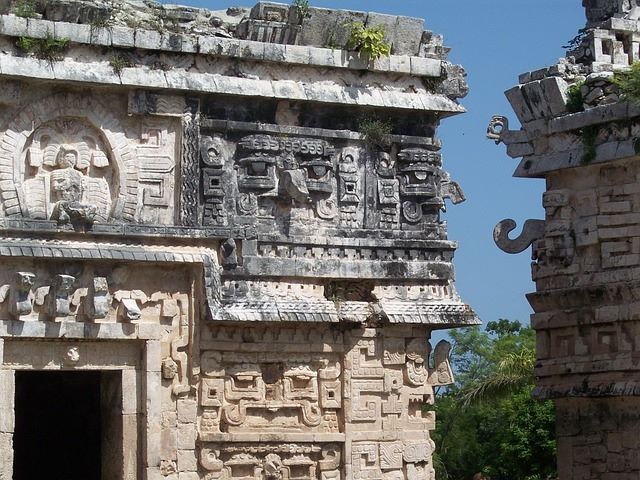The Wonders of Inland Yucatán: Adventure, Culture, and Cuisine
Discover the hidden gems of Yucatán with our travel guide. From the secluded cenotes and unrestored haciendas to the vibrant street scenes of Mérida and the colonial architecture of San Cristóbal, experience the rich culture, cuisine, and nature of Yucatán.

Yucatán is a region in the southeast of Mexico that has a long and interesting history, a lively culture, and stunning natural beauty. While many travelers visit the popular resorts and cities in the area, there is much more to explore in the inland villages and lesser-known destinations. In this travel guide, we invite you to join us on an adventure to uncover the hidden gems of Yucatán.
From the secluded cenotes and unrestored haciendas to the vibrant street scenes of Mérida and the colonial architecture of San Cristóbal, we'll show you the best of what this region has to offer. And, of course, you can't go to Yucatán without trying some of the delicious local food. Let's dive in and discover the culture, cuisine, and nature of Yucatán together.




